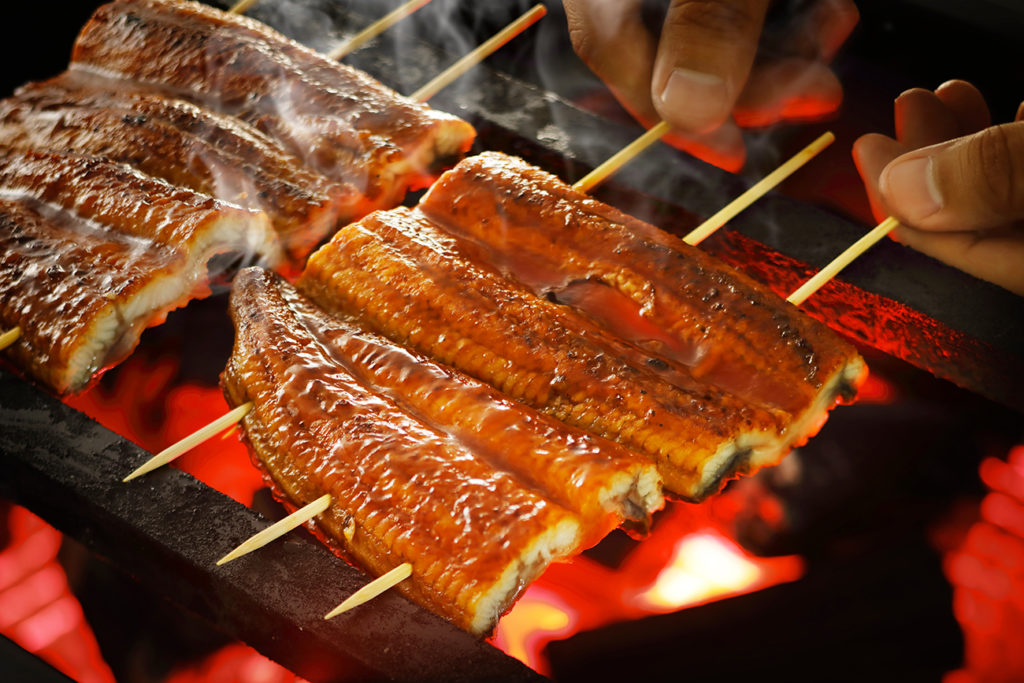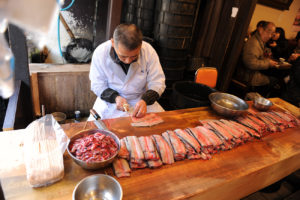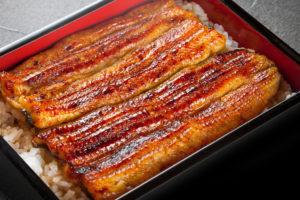
Unagi 101
Japan is rich with an array of delicious seafood but one of the distinct favorites is the freshwater eel, Anguilla japonica or unagi (うなぎ), not to be mistaken for the saltwater eel, anago. The rich and delicate flavor of unagi makes it an easy gastronomical preference in Japan.
Origins of unagi
Unagi is enjoyed all year round in Japan but it is particularly sought out on a special day during the summer called “Doyo no ushi no hi” or “Day of the ox”. Unagi is traditionally eaten on this day where according to local customs, consuming the fish would give strength and vitality to the person for the entire year.
“Doyo no ushi no hi” tradition can be traced back to the Edo era where a well-known doctor named Hiraga Genmai (1728-1780), attested that anyone who ate eel during this day would be assured to get through the scorching summer months being as healthy as ever and prevent illness and other misfortunes. He made this statement to benefit his friend’s unpopular eel shop. From the time the good doctor made the claim, people made it a point to eat eel on that particular day and perhaps even contributed to more clientele on any given day.
Regular consumption of unagi contributes to several health benefits: it lowers cholesterol levels and blood pressure, prevents vascular diseases, aids in normal brain development and nervous system functions, reduces the risk of developing arthritis, and promotes good eyesight. Among the notable nutrients found in unagi are vitamins A, B1, D, and E. It also contains healthful unsaturated fatty acids like DHA, EPA, and Omega-3.
Unagi has been a staple in Japanese meals for centuries. It is a Japanese traditional cuisine not just for its health benefits but also for its deliciousness. It is often prepared in Japan in the kabayaki style, with the fish split in half from the back or belly (butterflied), gutted, deboned, and cut into fillets. Slices of unagi are then skewered and dipped in a sweet soy sauce before being broiled on a grill. There are several other ways to prepare this versatile fish to suit any discriminating tastebud. Unagi is something to try when in Japan!


